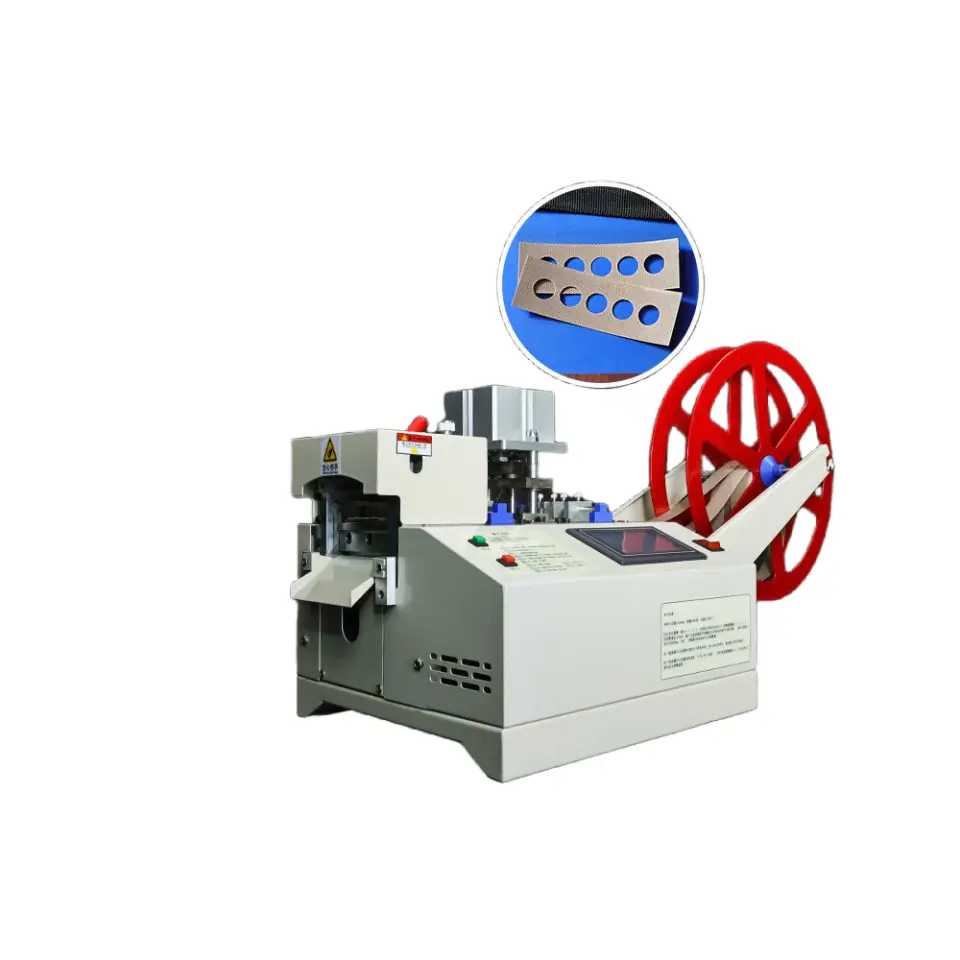What is the best way to cut nylon rope?

Cutting nylon rope seems simple, but doing it wrong can lead to fraying and reduced durability. If you’ve ever struggled with messy ends, you’re not alone.
The best way to cut nylon rope is by using a specialized nylon rope cutting machine1. These machines ensure clean cuts without fraying, making them ideal for industrial and professional use. For non-industrial settings, tools like hot knives or sharp scissors can also work, but they require more skill to avoid fraying.
Whether you’re cutting nylon rope for home projects or industrial purposes, understanding the right tools and techniques is essential. Let’s dive deeper into how to cut nylon rope without fraying.
How to cut rope without fraying?

Fraying is a common issue when cutting nylon rope, but it can be avoided with the right approach. The key lies in the tools and methods you use.
Tools for cutting nylon rope
Here’s a breakdown of the most effective tools for cutting nylon rope2 without causing fraying:
| Tool | Best For | Pros | Cons |
|---|---|---|---|
| Nylon rope cutting machine | Industrial and professional use | Clean, precise cuts; minimal fraying | Expensive; not portable |
| Hot knife | DIY and small-scale projects | Seals edges to prevent fraying | Requires skill; risk of burns |
| Sharp scissors or shears | Quick, small cuts | Easy to use; portable | Higher chance of fraying if not careful |
| Ultrasonic cutter | Precision cutting | Clean cuts; seals edges | Expensive; less common |
Techniques for minimizing fraying
Using the right tool is only half the battle. Here are some techniques to ensure a clean cut:
- Seal the ends: After cutting, use a heat source (like a lighter or hot knife) to melt the fibers slightly. This seals the edges and prevents unraveling.
- Mark the cutting point: Use a marker or tape to indicate where you’ll cut. This helps maintain precision.
- Cut at a 90-degree angle: This ensures even pressure and reduces the risk of fraying.
Why use a nylon rope cutting machine1?
For industrial applications, a nylon rope cutting machine1 is the most reliable option. These machines are designed to handle the unique properties of nylon, ensuring clean cuts every time. They also save time and reduce material waste, making them a cost-effective choice for businesses [^6].
Additional tips for preventing fraying
Here are some extra tips to ensure your nylon rope stays intact:
- Use tape: Wrap the area where you plan to cut with tape. This holds the fibers together and reduces fraying.
- Choose the right blade: If using a knife or scissors, opt for a sharp blade. Dull blades can crush the fibers and increase fraying.
- Practice proper maintenance: Regularly inspect your nylon rope for wear and tear. Addressing small issues early can prevent larger problems later.
Comparing manual vs. machine cutting
Understanding the differences between manual and machine cutting can help you choose the right method for your needs:
| Aspect | Manual Cutting | Machine Cutting |
|---|---|---|
| Precision | Depends on skill; prone to errors | Highly precise; consistent results |
| Speed | Slower; takes more time | Faster; efficient for large projects |
| Cost | Affordable; minimal upfront investment | Expensive; higher initial cost |
| Maintenance | Low; easy to handle | Requires regular maintenance |
Applications of nylon rope cutting machine1s
Nylon rope cutting machines are widely used in various industries, including:
- Maritime industry: For cutting ropes used in sailing and boating.
- Construction: For creating precise lengths of rope for safety nets and rigging.
- Manufacturing: For producing uniform rope lengths in large quantities [^6].
Cutting nylon rope without fraying doesn’t have to be complicated. With the right tools and techniques, you can achieve professional results, whether you’re working on a small project or managing large-scale production.
Conclusion
Cutting nylon rope cleanly and efficiently is achievable with the right tools and techniques. For the best results, consider investing in a nylon rope cutting machine1 or mastering the use of a hot knife.














